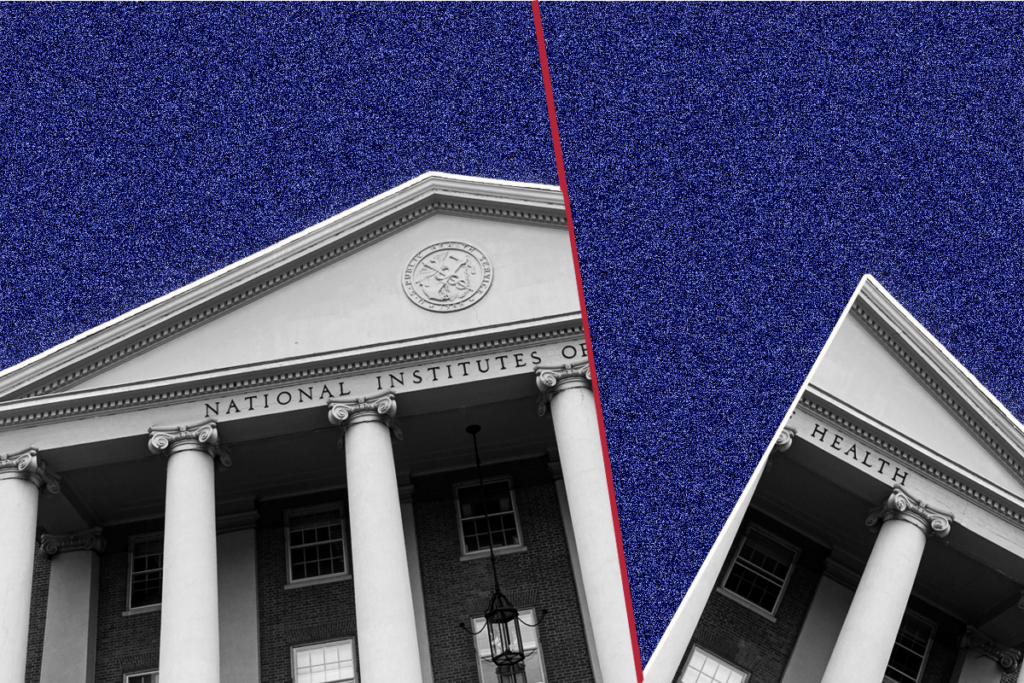Genetics: Small chromosome changes are rare, inherited
Small duplications or deletions of DNA regions — called micro-copy number variations — may not lead directly to disease, but could raise the risk of autism when combined with other mutations, according to a study published in March in the American Journal of Medical Genetics Part B: Neuropsychiatric Genetics.
Small duplications or deletions of DNA regions — called micro-copy number variations — may not lead directly to disease, but could raise the risk of autism when combined with other mutations, according to a study published in March in the American Journal of Medical Genetics Part B: Neuropsychiatric Genetics.
Several studies have identified copy number variants, or CNVs, that contribute to autism and other neurological disorders. These studies generally focus on duplications or deletions of large regions that are highly penetrant — that is, likely to lead to disease.
Whereas large CNVs generally arise spontaneously in the offspring, rare small CNVs smaller than 1,000 base pairs are frequently inherited, according to the new study.
Using a tool called chromosomal microarray to look at the whole genomes of 223 people with autism, the researchers found 38 CNVs.
Of these, 18 are either longer than 1,000 base pairs or are associated with genes linked to neurological disorders and so are considered clinically significant: 5 are of unknown origin, 7 are entirely de novo, 4 are inherited and 2 are a combination of the two.
Among those who have a clinically significant CNV, 88 percent of those with a deletion have mental retardation, compared with 50 percent of people with a duplication. These results suggest that deletions lead to more severe autism.
The researchers also found 13 rare CNVs with no known clinical significance inherited from at least one parent. Two of these families have a history of autism and five have other neuropsychiatric disorders, such as attention deficit disorder, mental retardation or language defects.
Rare inherited CNVs are more likely in families that have a history of neurological symptoms than in those without, suggesting that these CNVs may contribute to autism in combination with other, unknown, factors.
Recommended reading
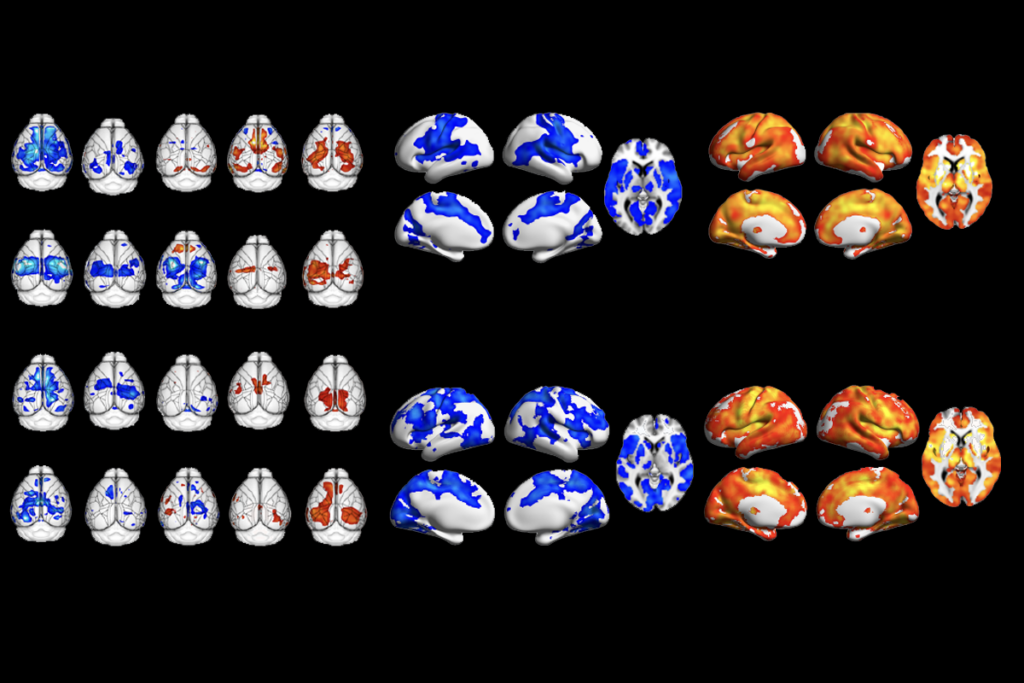
Too much or too little brain synchrony may underlie autism subtypes
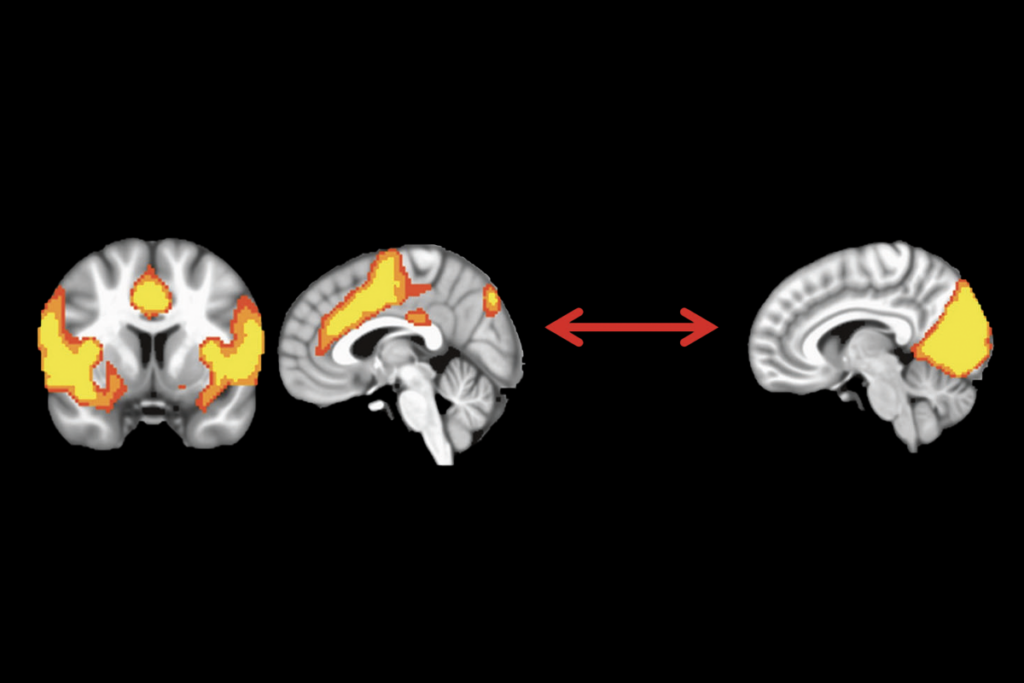
Developmental delay patterns differ with diagnosis; and more
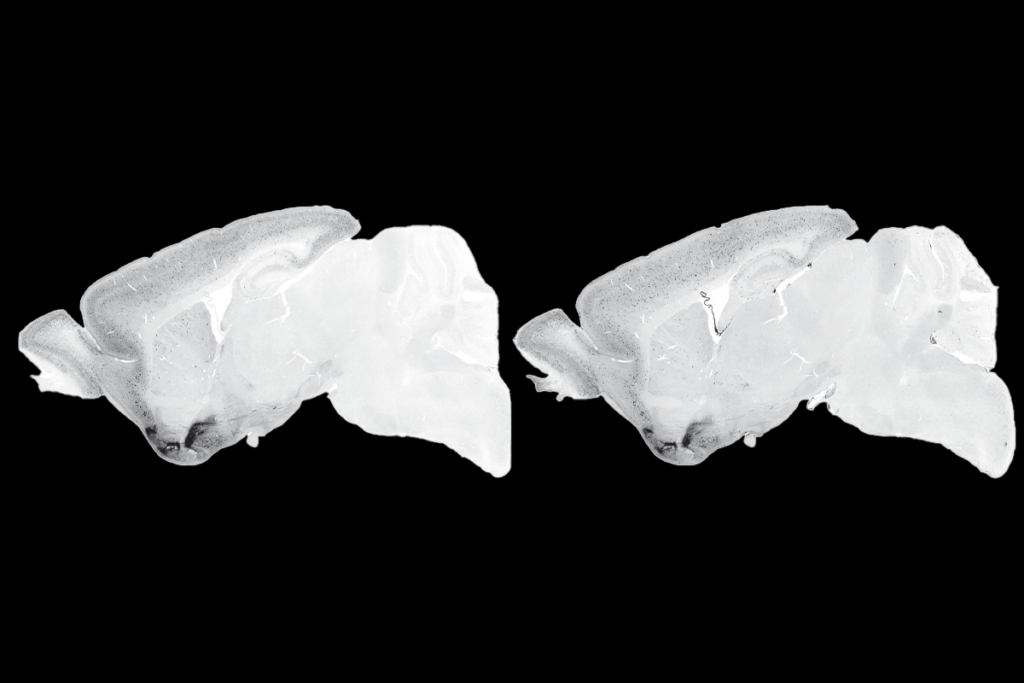
Split gene therapy delivers promise in mice modeling Dravet syndrome
Explore more from The Transmitter
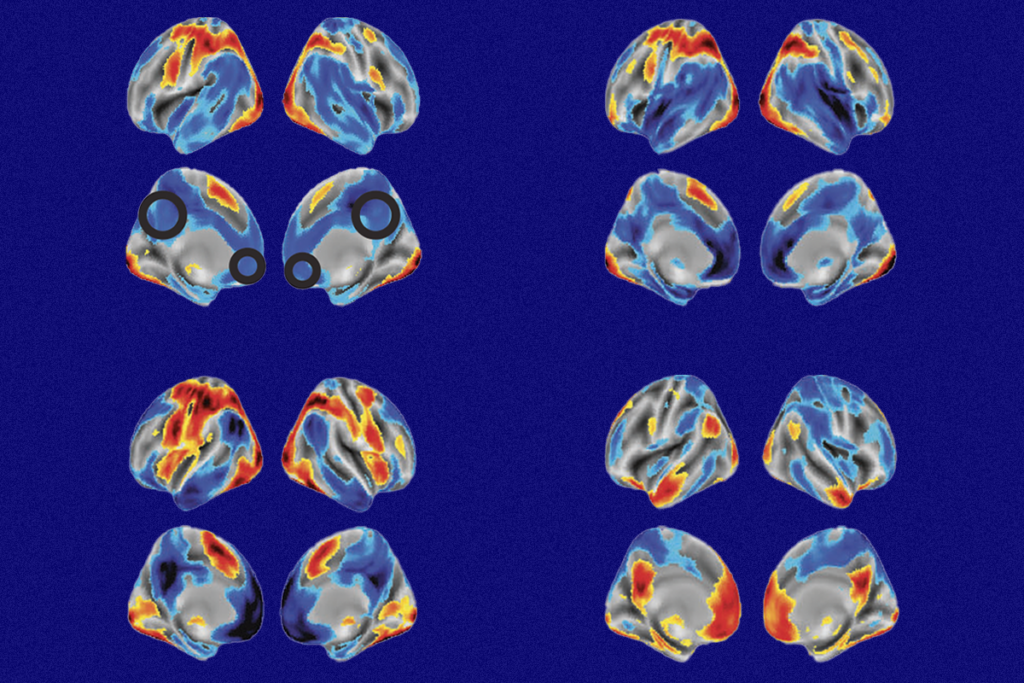
During decision-making, brain shows multiple distinct subtypes of activity
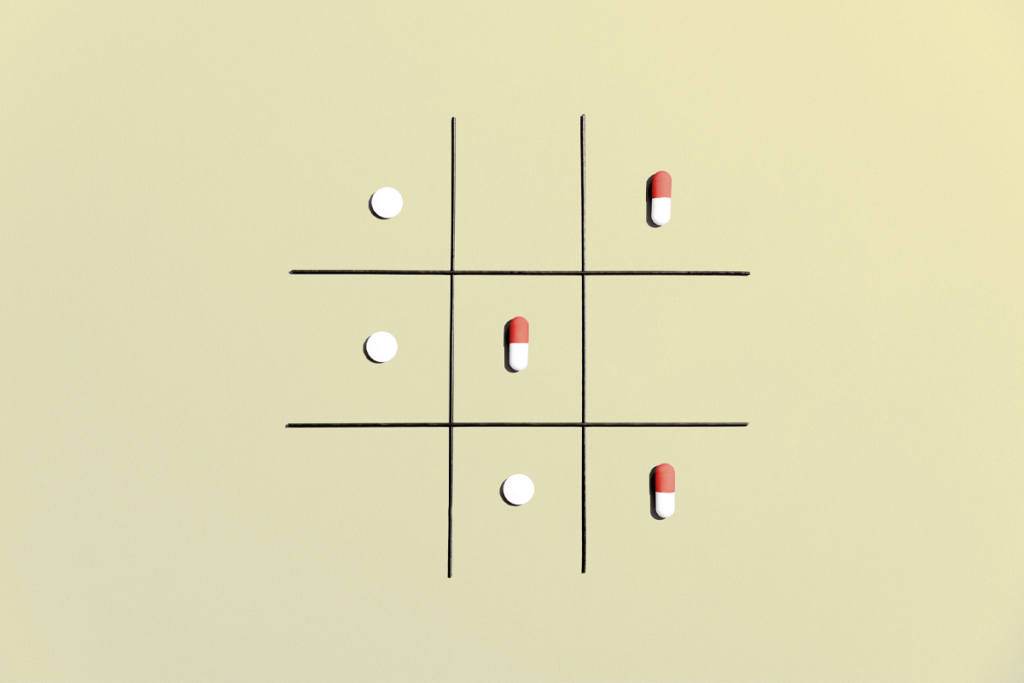
Basic pain research ‘is not working’: Q&A with Steven Prescott and Stéphanie Ratté
